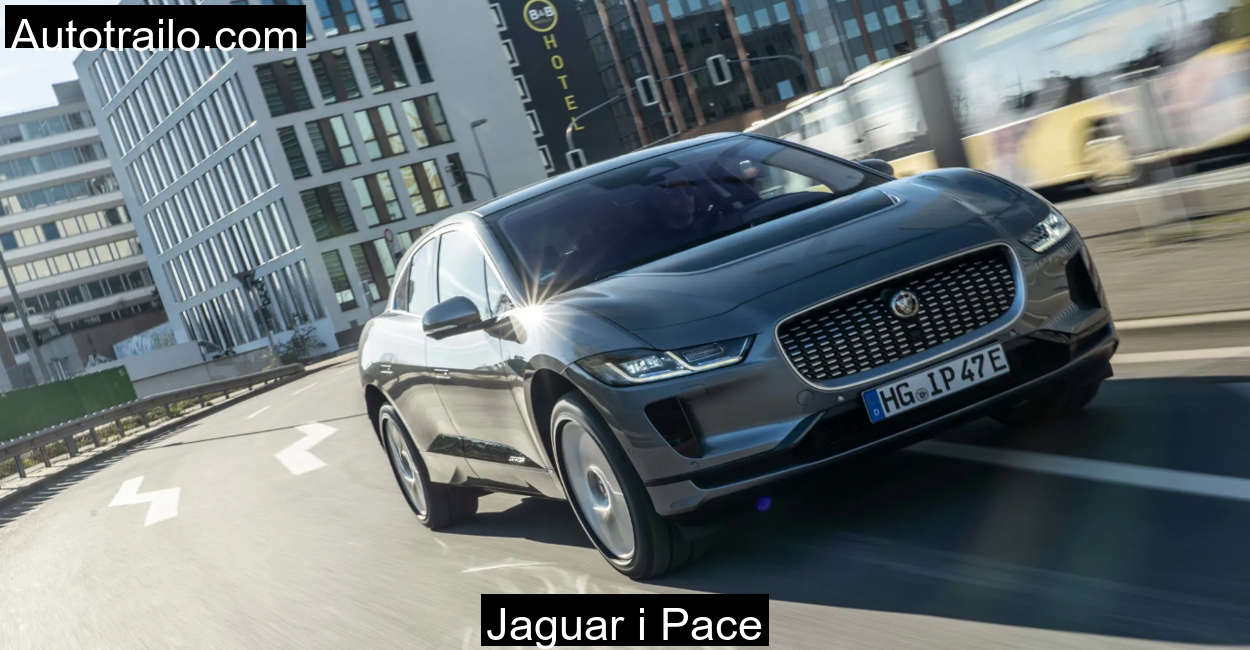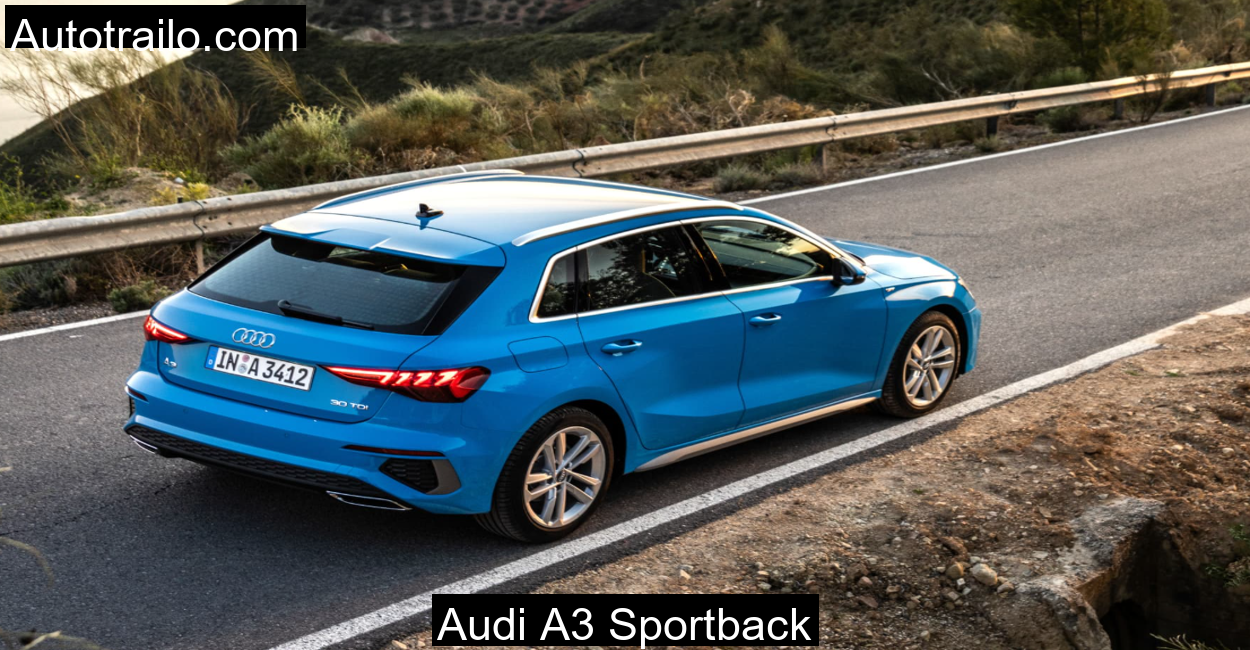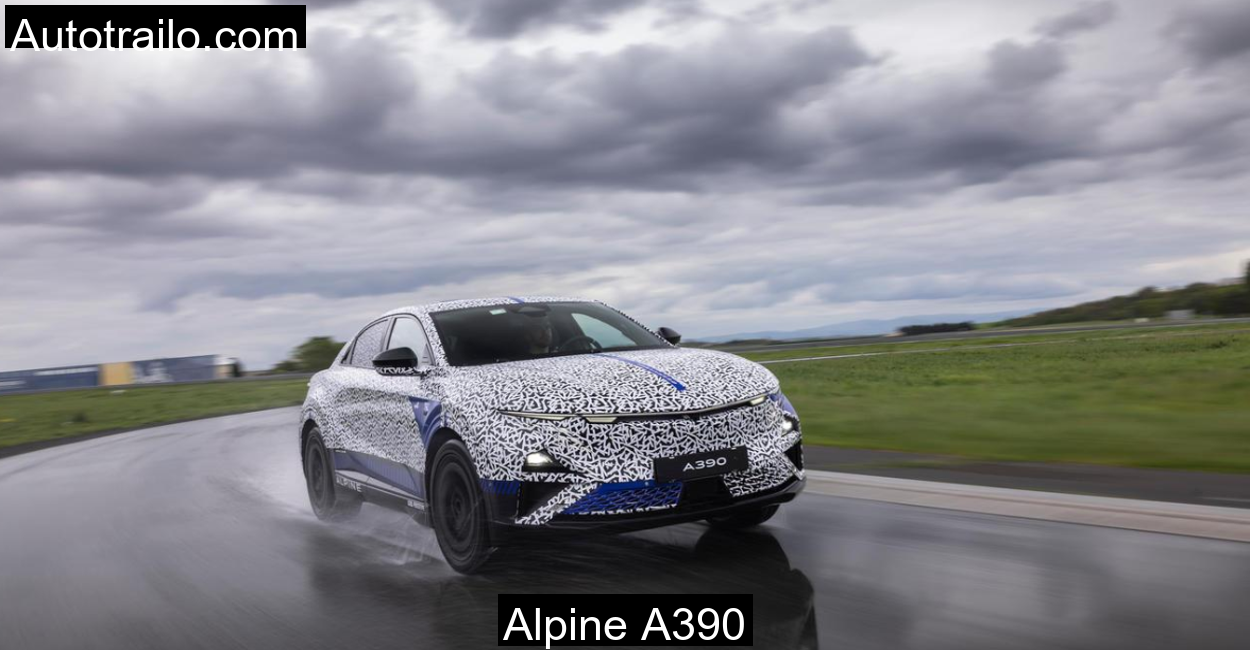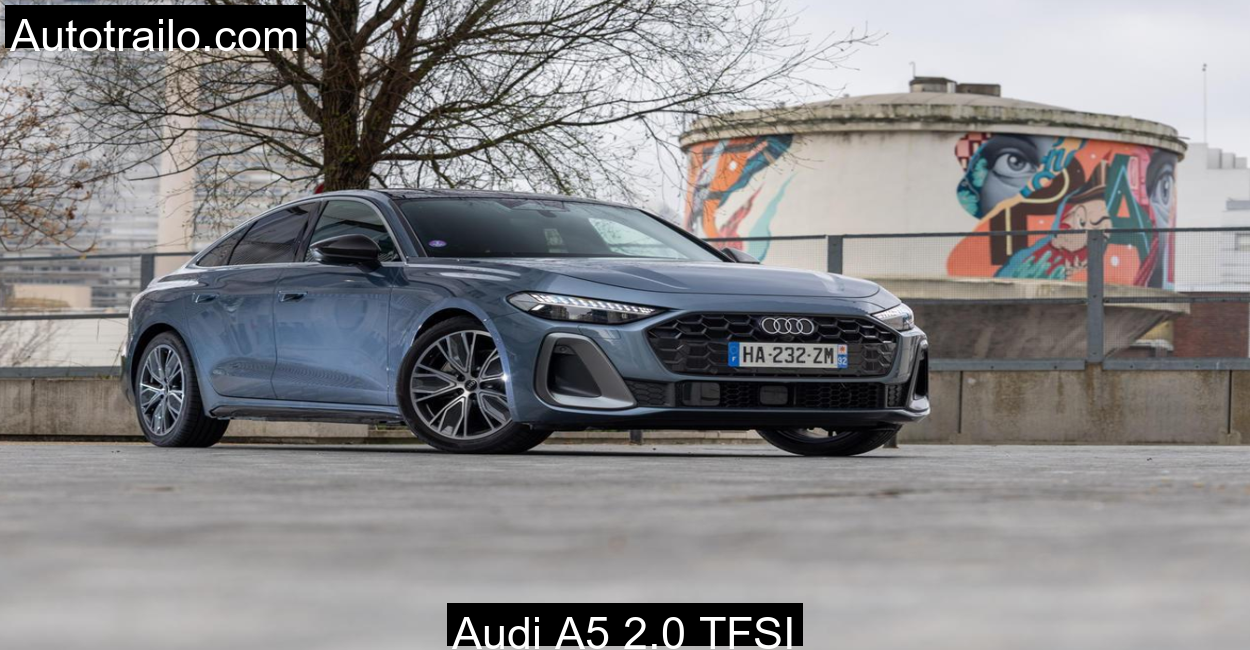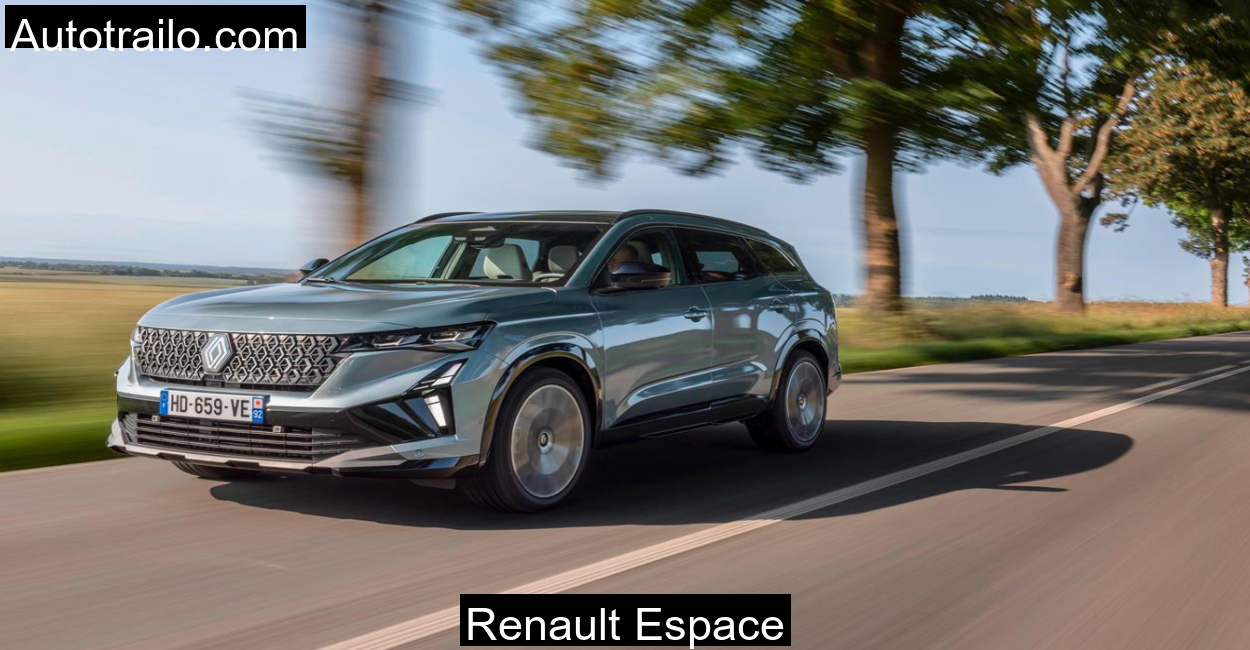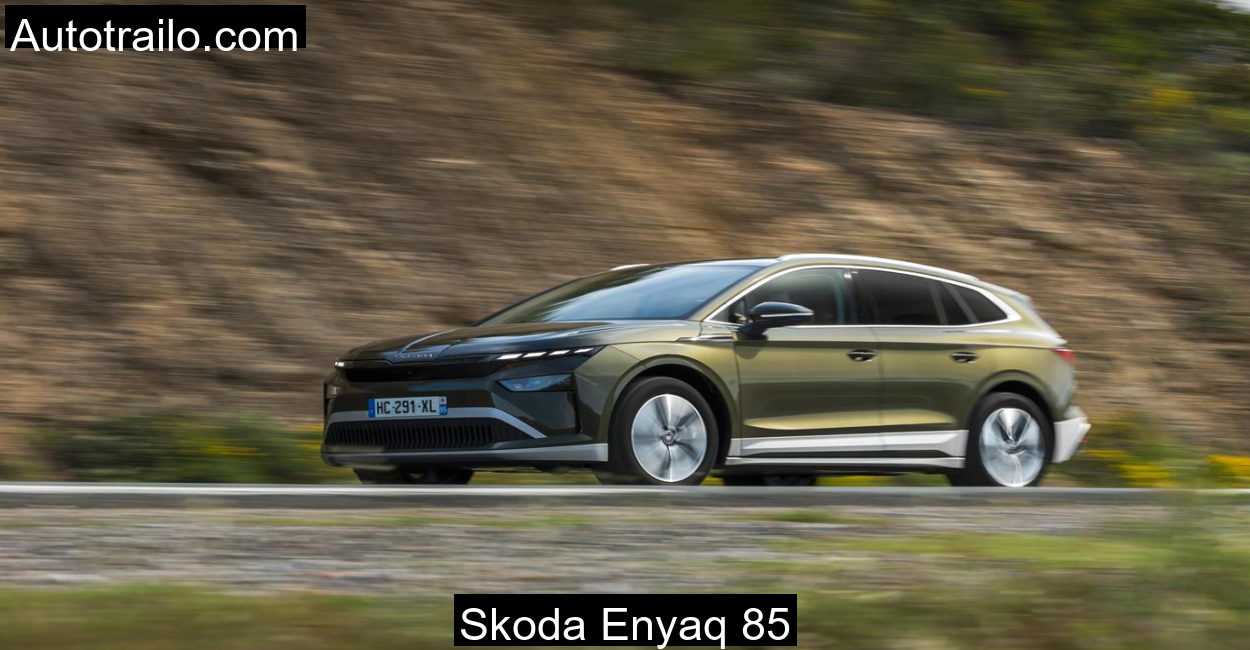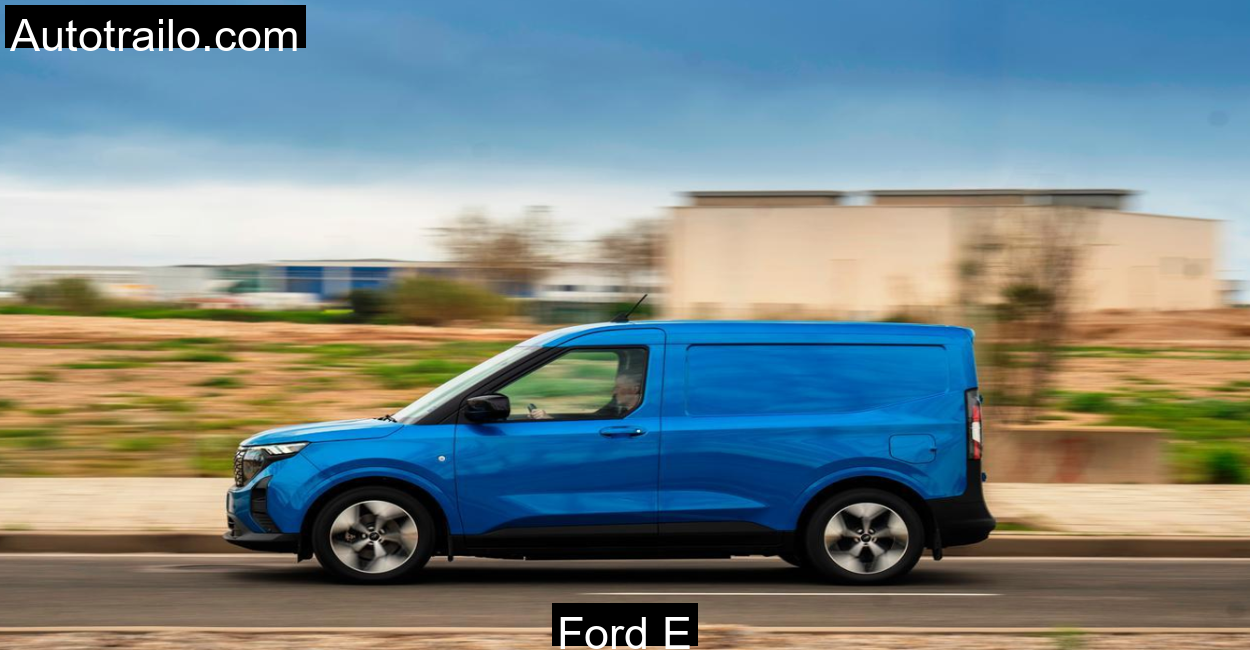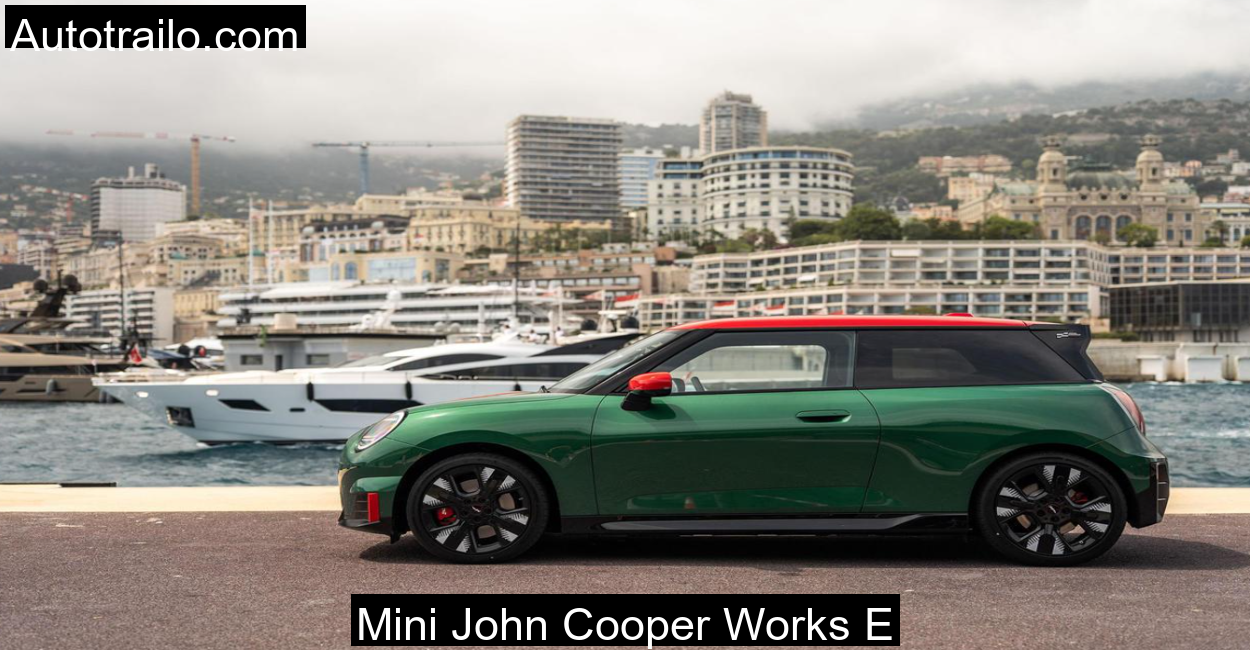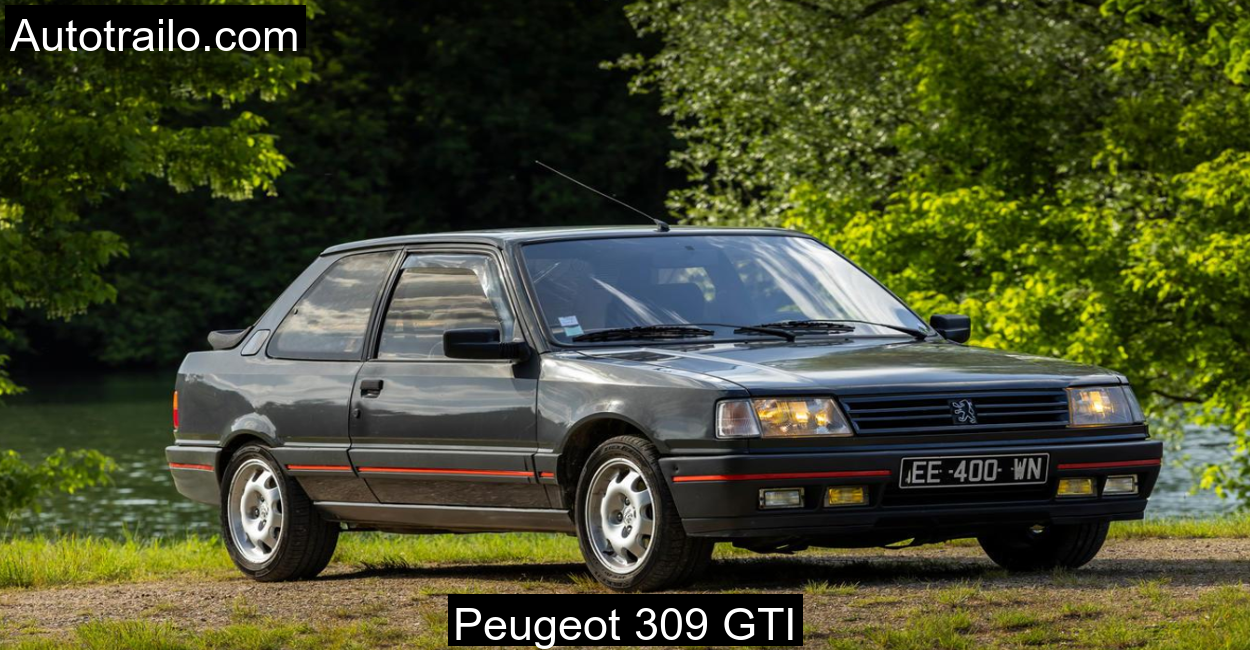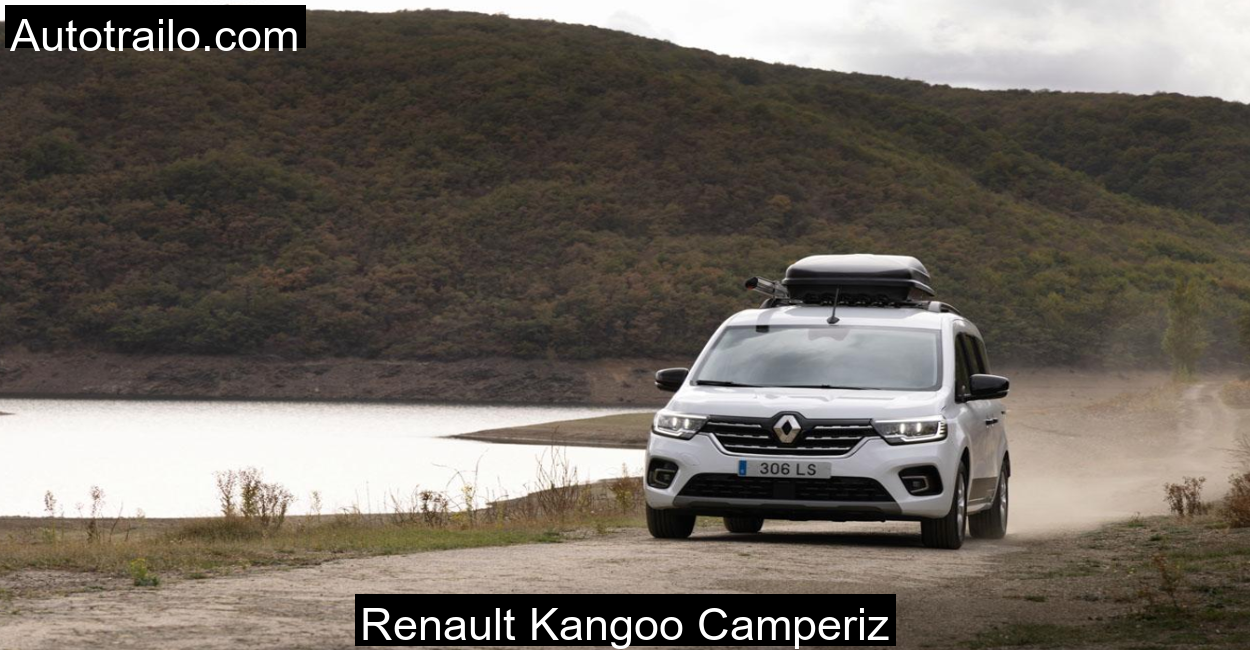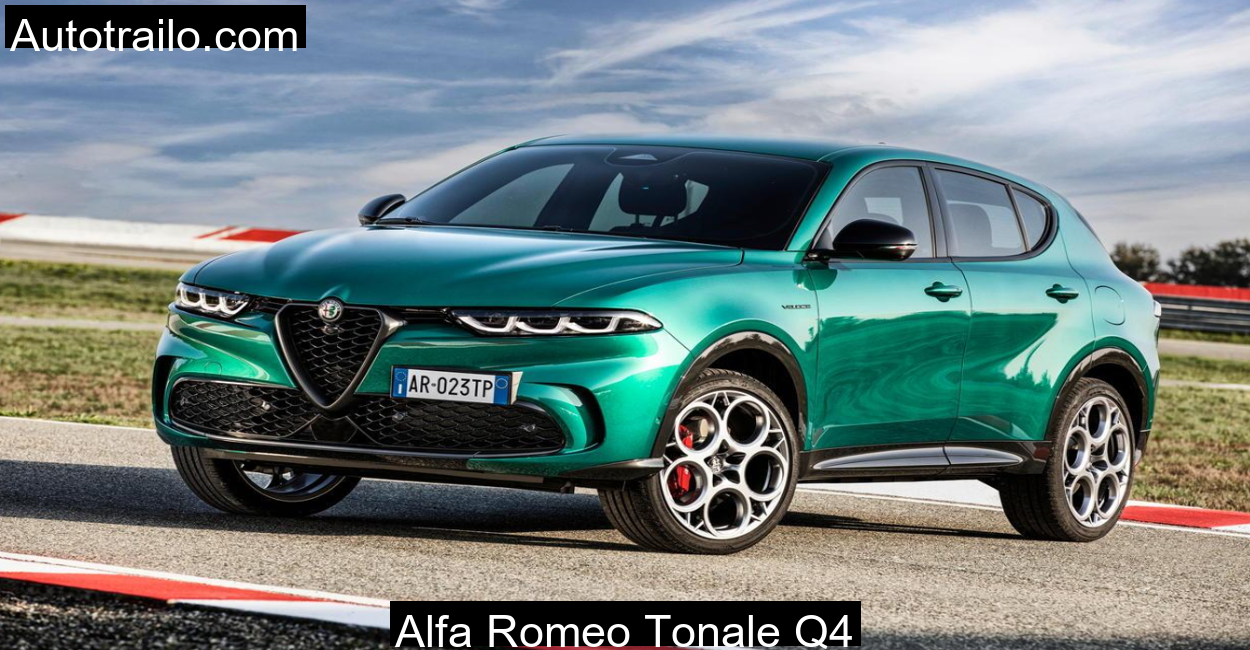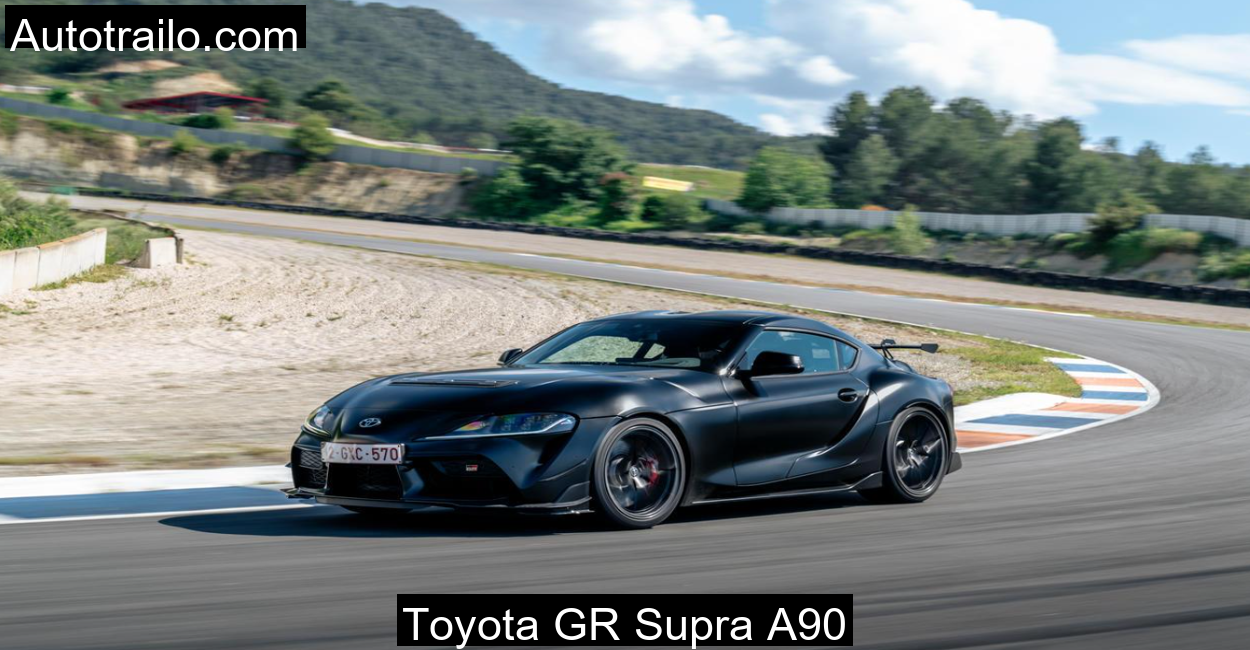When Technology Meets Tranquility
There are few places in India that stir the soul quite like Rameshwaram, the sacred town on the tip of Tamil Nadu, connected to the mainland by the magnificent Pamban Bridge. As I approached this historic cantilever masterpiece, the salty wind tugging at my hair and the Arabian Sea shimmering on either side, I was at the wheel of something equally spiritual in the automotive world, the Jaguar I-Pace.
This wasn’t just a drive. It was a collision of past and future, of man-made marvels old and new. The bridge, built in 1914, stood resilient and poetic under the sun. And then there was the I-Pace, Jaguar’s daring leap into the all-electric universe, gliding silently over a bridge that had once echoed with the rumble of steam locomotives.
Table of Contents
First Impressions: A Whisper in a World of Noise
From the moment I started the Jaguar I-Pace in the early morning light of Madurai, it was clear, this car wasn’t going to shout for attention. It didn’t need to. There’s a certain confidence in silence. The dual motors hummed to life with barely a whisper, the regenerative braking ready to recharge and the panoramic sunroof pulling in dawn’s early colors.
As I glided down NH87 toward the coast, the cabin offered a cocoon of calm. The world outside, buses, bikes, temples, roadside stalls, blurred by, while inside, I was immersed in a future-forward lounge of leather, clean lines, and three digital displays that somehow didn’t overwhelm. Alexa had found her place too, making navigation adjustments and playing Tamil oldies at my request, without ever asking twice.
But the I-Pace isn’t just about serenity. It’s about strength, too, quiet, deliberate, and almost startling.
Power You Can Feel, But Can’t Hear
It’s hard to describe the first time you press the accelerator in an I-Pace. It doesn’t surge like a traditional car. It lunges. Effortlessly. Like a silent predator. When I pulled onto the long straight stretch before Rameshwaram, I tapped the throttle. Instantly, 696 Nm of torque catapulted us forward, leaving a trail of stunned coconut vendors in the rearview mirror.
It’s hard to believe a car weighing over 2.2 tons could feel this agile. The I-Pace danced through tight curves and village lanes, hugged the corners like a compact sports car. Credit the 50:50 weight distribution and the low-slung battery pack. Even at higher speeds, there was no floatiness, no delay, just instant grip and poise.
And yet, even with this dynamic pedigree, comfort was never compromised. The air suspension, especially in Dynamic mode, soaked up the cracked tarmac and potholes that dotted the approach to Pamban. For a driver used to bracing before every speed bump, this was electric luxury in its truest form.
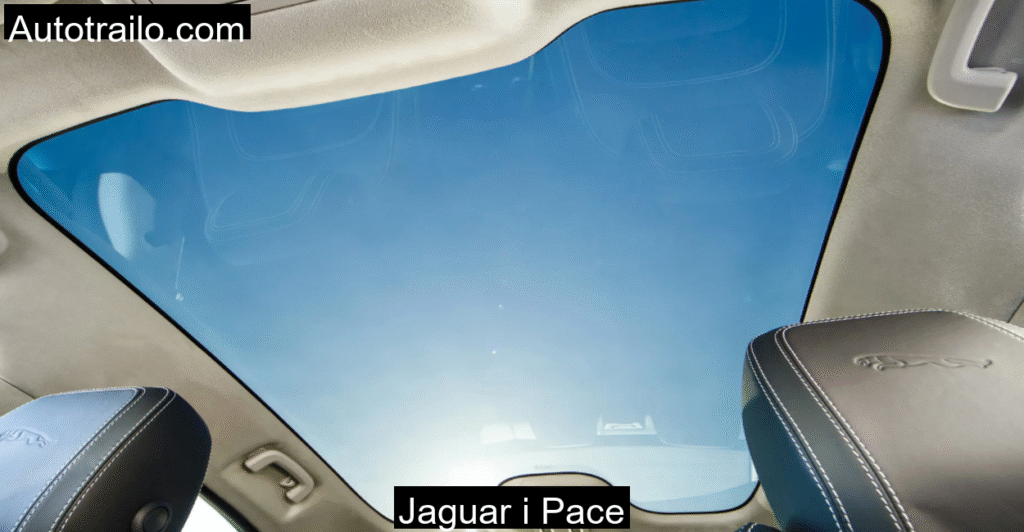
On the Pamban Bridge: Between Sea and Sky
As I neared the Pamban Bridge, all 2.3 kilometers of concrete and steel stretching between Mandapam and Rameshwaram, the tempo of the journey changed. I slowed down. Not for traffic. But for reverence. The bridge demands it.
The I-Pace coasted gently onto the incline, whispering between sea breezes. There were no engine roars, no gear changes. Just the sound of waves below and the occasional call of a gull overhead. The view on either side was overwhelming, turquoise waters, a fishing boat slicing through the calm, temple towers rising in the far distance.
Here, the I-Pace felt at home in the most surprising way. Despite being loaded with sensors, screens, and software, it respected the moment. It didn’t intrude. It didn’t distract. It simply became a part of the bridge, a silent traveler between worlds.
Range, Charging, and Real-World Use
Let’s address the elephant in the room, range anxiety. Did I have it? Briefly, yes. Before the trip began. But that feeling dissolved somewhere outside Paramakudi, when I realized the I-Pace isn’t just an electric car, it’s a long-distance companion.
Even though the WLTP cycle promises 470 km, I averaged about 390–400 km with mixed city and highway driving and generous use of air conditioning. The ADAC figure of 365 km felt very realistic, especially considering occasional spirited bursts of speed.
Charging is a mixed bag. On a DC fast charger, the I-Pace hit near 80% in just under an hour. But AC home charging, though stable, is still sluggish, 11 kW means you’ll need overnight to fully replenish. Not ideal for impromptu travel, but manageable with planning.
And yes, charging stations around Rameshwaram are sparse, so I topped up before leaving Madurai. Jaguar’s app helped, but infrastructure still lags behind ambition.
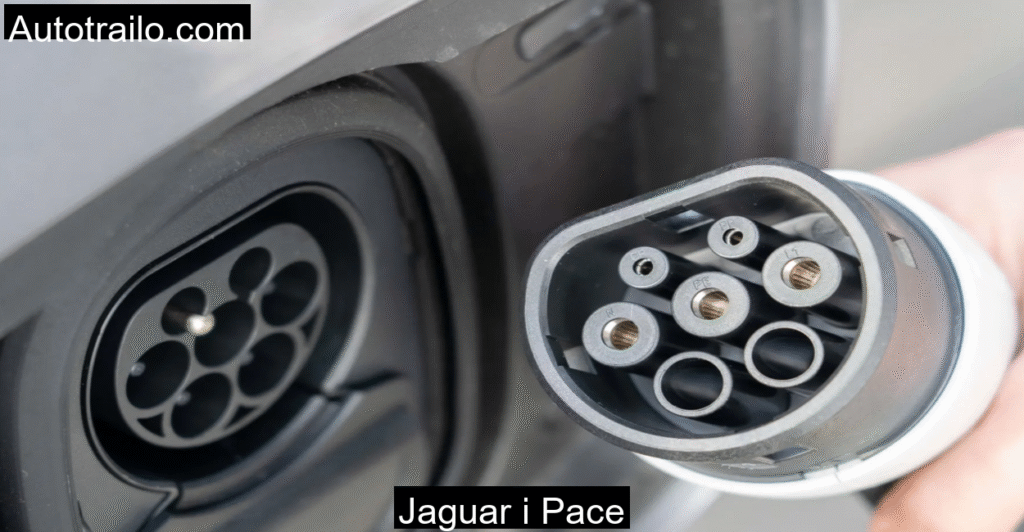
Living With It: Ergonomics, Space, and Tech
If you’re tall, you’ll love the front seats. If you’re really tall, say 6’4”, you might find the rear headroom a tad limiting. But the space on offer is more than generous for a car that’s just 4.68 meters long. The boot swallowed my camera bag, tripod, an overnight duffel, and still had room for a crate of bananas gifted by a roadside vendor.
The cockpit is beautifully put together. Touchscreens are slick, though the climate control screen being below knee level is still baffling. Voice control via Alexa smoothens the UX, but some icons can be hard to read under sunlight, especially during golden hour photography stops.
Rear visibility? Not its strongest point. But the cameras and sensors more than compensate. I did find myself wishing for a wiper on the rear glass during an unexpected rain burst near the coast.
Still, the seats are sublime. The ride, airy and plush. And there’s a sense of occasion every time you sit behind the wheel, a reminder that this isn’t a run-of-the-mill EV. This is a Jaguar.
Technical Specifications: A Snapshot of Innovation
Our Jaguar technical specs are always based on the brand’s authentic, official source.
| Specification | Detail |
| Engine Type | Dual Electric Motors |
| Max Power | 400 HP (294 kW) |
| Max Torque | 696 Nm |
| Acceleration (0–100 km/h) | 4.8 seconds |
| Top Speed | 200 km/h |
| Drivetrain | All-Wheel Drive (AWD) |
| Battery Capacity (Net/Gross) | 84.7 kWh / 90.2 kWh |
| WLTP Range | Up to 470 km |
| ADAC Tested Range | ~365 km |
| Charging (AC/DC) | AC: 11 kW |
| Dimensions (L x W x H) | 4,682mm x 2,011mm x 1,566mm |
| Trunk Capacity | 638 – 1,453 liters |
| Empty Weight | 2,208 kg |
Conclusion: An EV Worth Remembering
The Jaguar I-Pace may be on its final lap in the global automotive circuit, but here, on Indian soil, on a bridge that’s outlived empires, it felt timeless. It isn’t perfect, the range could be better, the charging faster, the infotainment more intuitive. But what it delivers is something rarer: presence.
It’s a car that doesn’t just move you physically, but emotionally. And as I stood at the edge of Rameshwaram, watching the sun dip into the horizon and listening to the stillness after turning off the car, I realized something.
Sometimes, the loudest drives are the ones that say nothing at all.
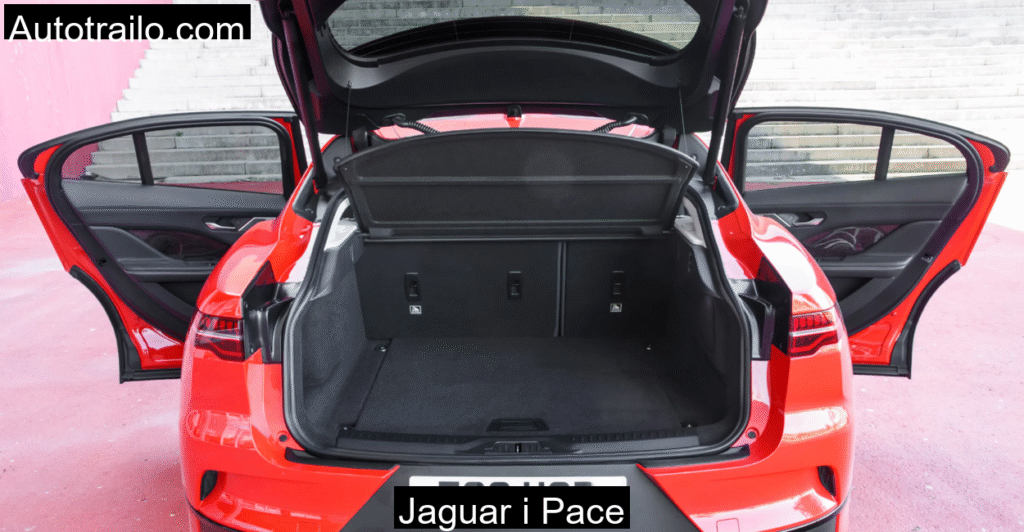
Frequently Asked Questions
Is the Jaguar I-Pace suitable for long road trips in India?
Absolutely, provided you plan your charging stops. With a practical range of around 380–400 km, it can comfortably handle most intercity drives.
How does it perform on highways and coastal roads?
Exceptionally well. The I-Pace combines rapid acceleration with confident handling. Coastal roads like those around Rameshwaram are where its silence and stability truly shine.
Can the I-Pace handle uneven or rural roads?
Yes, thanks to its all-wheel drive and adaptive air suspension. It handles broken roads and mild off-road stretches with ease.
What stands out the most about the Jaguar I-Pace?
The balance it strikes between performance and peace. It’s fast when you want it to be, but calming when you need it to be.
